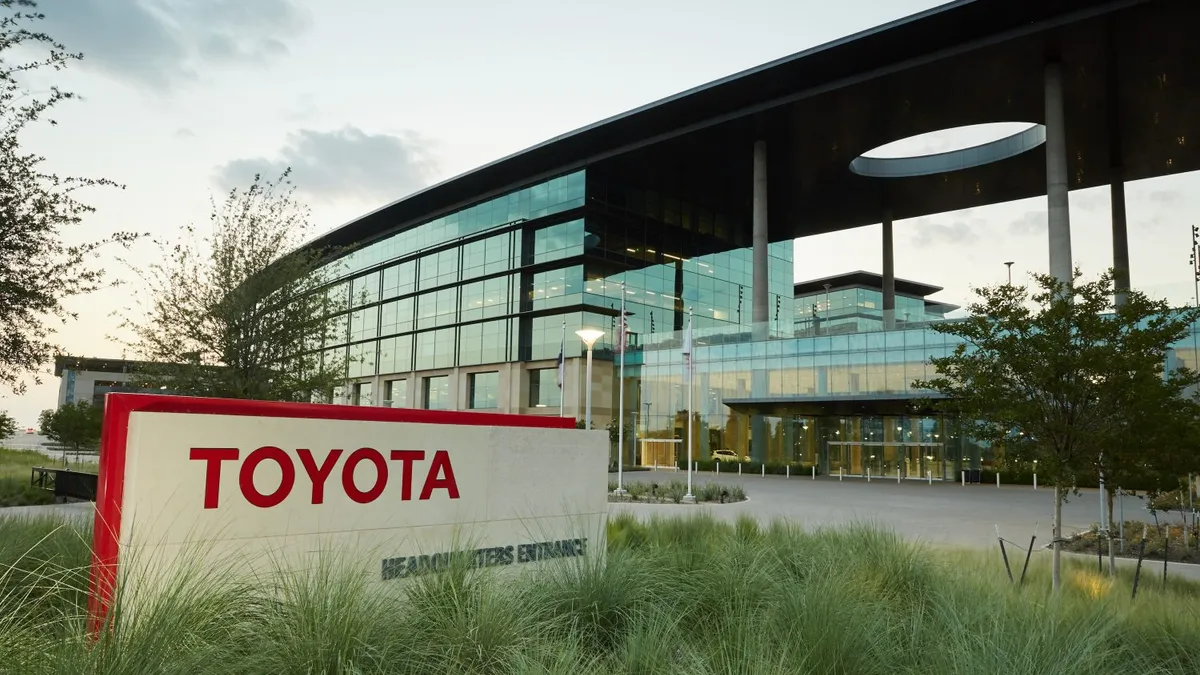The following is a guest article from Milind Gurjar, senior director and general manager of Learning@Cisco.
Half of all CEOs expect their industries to be transformed by digital technology. However, only 16% of organizations feel they have the right talent in place to succeed in a digital era.
Technology is evolving dramatically, with fields like network programmability, Internet of Things (IoT), mobility, security, virtualization, cloud and analytics becoming central to organizations’ business growth strategies. Because of the continuous pace of change, businesses must constantly up-skill their workforce.
Keeping the technical workforce up to speed is essential to current and future success. Organizations will be able to use cutting-edge technology to gain a competitive advantage, deliver better value to customers, reduce operating expenses and improve the bottom line.
Continuous learning
Looking at this issue from the viewpoint of the technology vendor, training development strategies have to keep pace with the rapid changes in the business environment.
It takes longer to produce high-quality training content, but the shelf life of training content is shrinking. According to industry research, skills have an average half life of three years.
Customers need access to accurate and current training offerings to get the best ROI from their technology investments. Training departments have to find a way to meet customer requirements and internal stakeholder expectations.
The trade-off between cost, quality and time is starting to resolve towards meeting time-to-market expectations with solid content that serves learners’ needs without breaking the bank.
What types of training will be most effective in this continuously evolving environment? Employees prefer live instructor-led training for its effectiveness; Brandon Hall Group found that live training slightly edges out eLearning in terms of higher retention.
However, employers prefer e-learning and on-demand training to support the continuous learning needs on a budget with minimum disruption to working time.
Evolve your training strategy
How can these seemingly diametrically opposed preferences find a compromise?
Organizations need to evolve their training strategies. These strategies need to include skills development while providing access to the latest updates from the technology vendors whose products and services the organization is using.
There are typically three focal points for technology training:
- New technologies: It is increasingly common for organizations to expect education to support business value realization in addition to enabling successful go-live strategies.
- Sharpened skills: Employers benefit from a talent pool with in-demand skills, but so do employees. Engagement and strong workplace culture are driven in large part by learning opportunities.
- Flexibility: Organizations understand that training today must accommodate the learner’s schedule. This means the technology needs to allow access to the exact learning content they need, when they need it, quickly and regularly.
It can be difficult for managers to grasp all the training modalities that are available and determine which ones make most sense for their teams. Line-of-business leaders need to find the most comprehensive solution to meet their training needs, across all vendors.
For new technology adoption, instructor-led training is often best. Typically, a project team needs to acquire skills in a time-sensitive manner before starting a new technology rollout.
For career development training, manager budgets will drive the decision in favor of either instructor-led or on-demand. On-demand training through a training subscription is the only way to meet ongoing technology management needs.
Careful measurements
We live in a metric-driven industry. Benefits have to be measurable, so the organization can clearly see the correlation between training and the associated positive business outcomes.
Time-to-market and defect rate metrics are relevant for new technology adoption, while time to respond/resolve could be useful metrics for ongoing technology management.
Employee satisfaction/engagement and attrition could be potential measures of career development training. It’s important to measure the satisfaction of the IT workforce, so management can track over time whether the IT team feels that the company is equally invested in their well-being and their future development.
A key measure of success from a management perspective is operational efficiency. What is the cost of training an employee per year? What is the cost of not training employees?
Build the future
Succeeding in today’s rapidly shifting IT environment requires not only a change of existing skills but also the addition of entirely new skills. You must evolve your training strategy to continue to drive your teams forward and successfully address current and future business needs.
This requires carefully considering which delivery method meet your employees’ training needs, weighed against your available budget. Don’t risk falling behind, make your training strategy a priority.





















